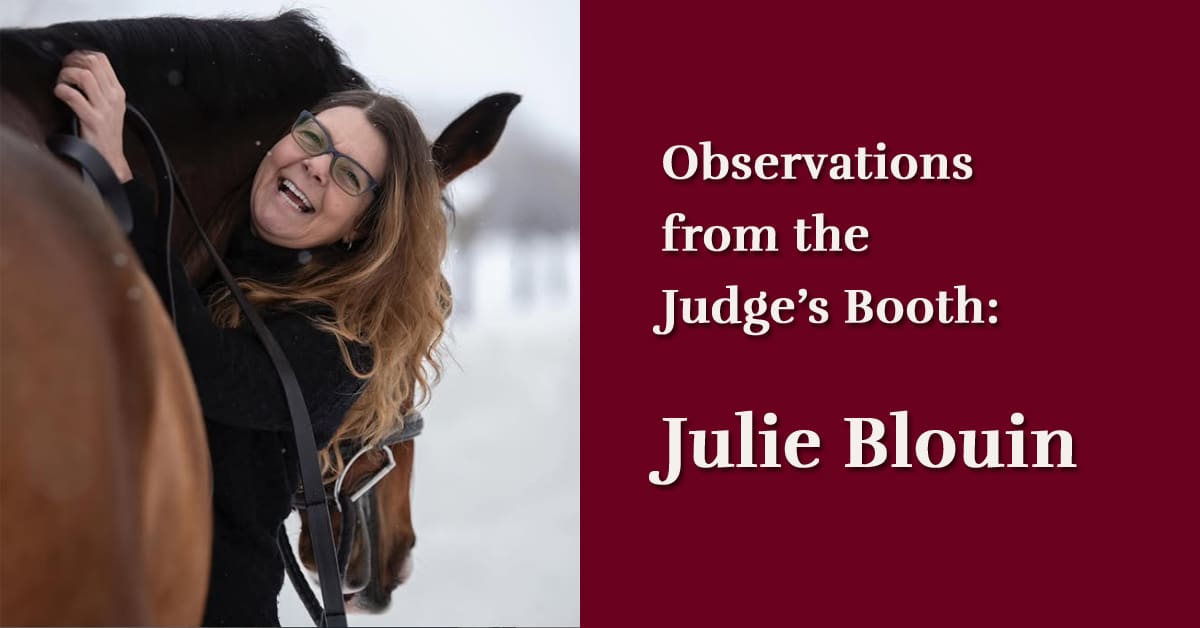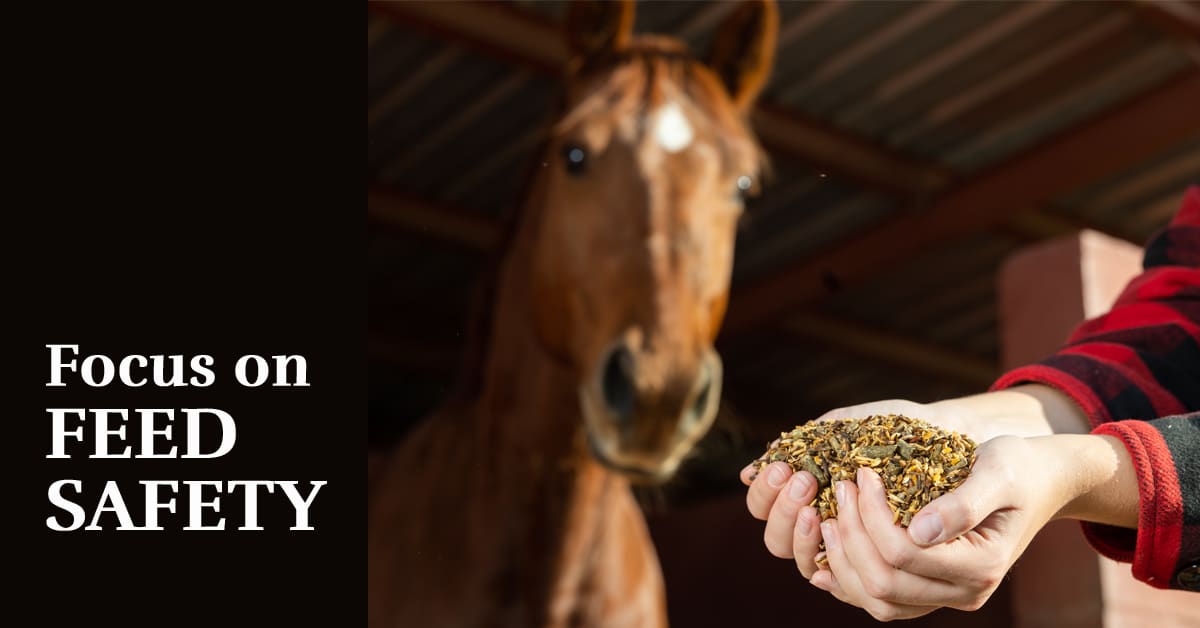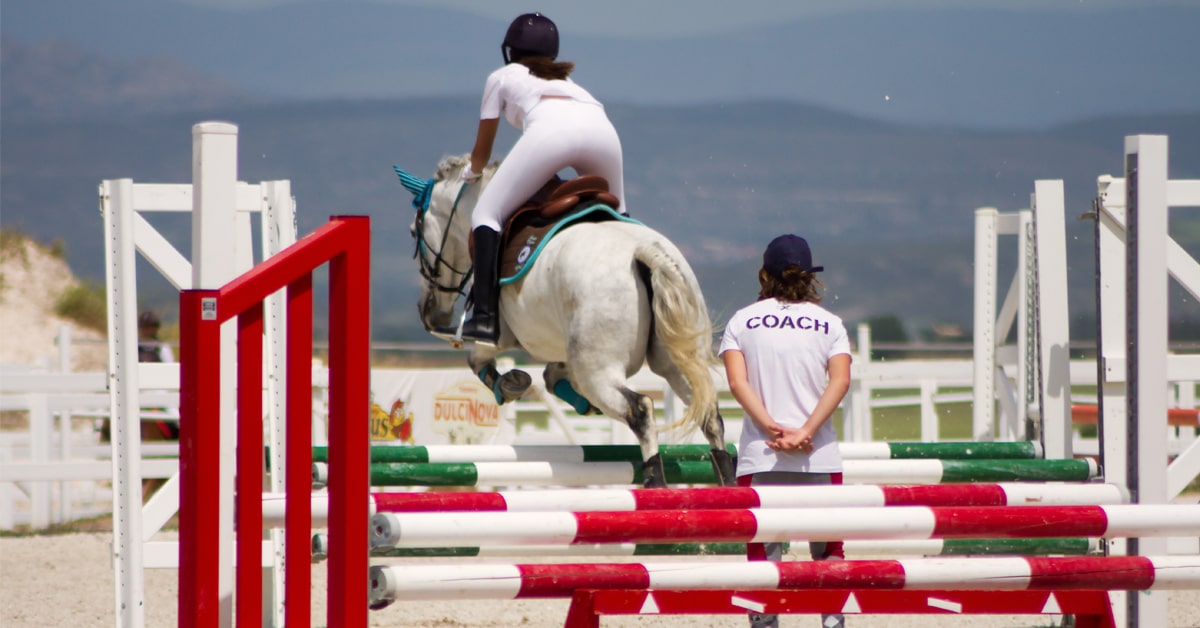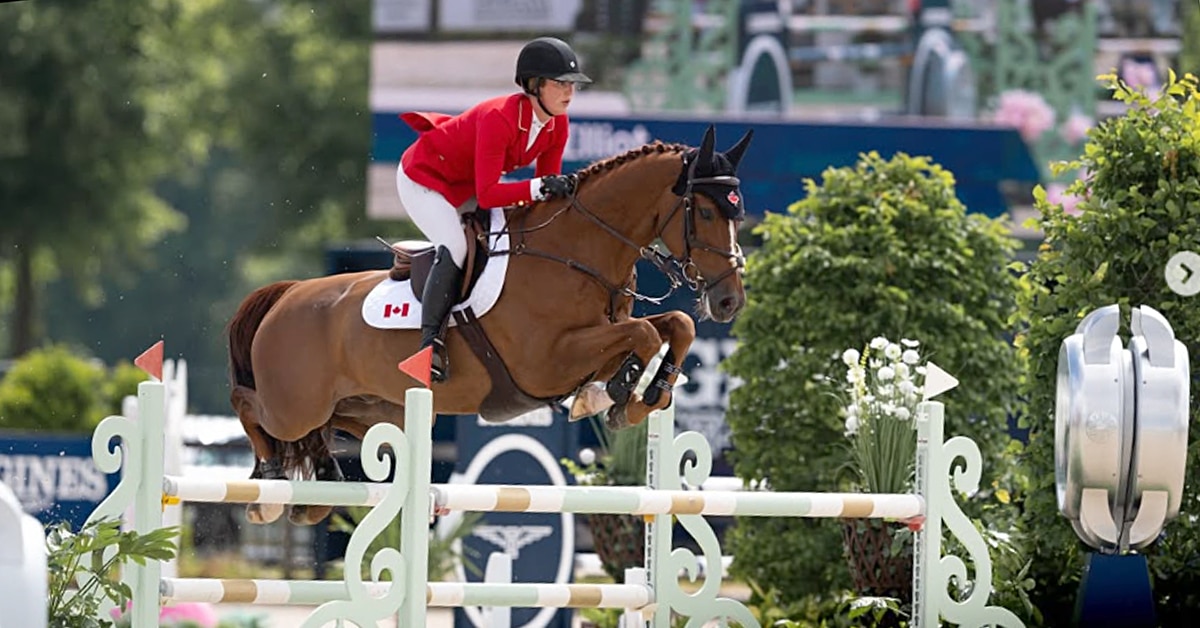How do you feel about so many low height divisions offered in the hunters today?
These classes are hard to judge, as the low height of the fences doesn’t encourage good jumping. The horses just step over the fences, jumping flat and inverted, so it doesn’t really end up being a jumping contest, which is what the hunters are all about. What it comes down to at these low heights is the smoothest, most even round. I don’t love judging this way, but sadly that is the way it is these days, as those divisions are in demand and attract a large number of entries.
What do you consider a more serious fault: hitting or rubbing a jump in front or behind, or having a rail down in front or behind?
Let’s go to the hunt field to answer that question. If your horse were to hit a jump hard in front where the jumps are mostly solid coops and stone walls, there is a very good chance of having a fall of both horse and rider. Hitting these jumps behind is much less likely to result in a fall. For this reason, I will penalize hitting or knocking down a jump in front more harshly than a rub or rail behind.
When you mark your card, do you do it right after each jump?
No, I don’t mark the card right after each jump. I watch how they land for the possibility of any playing, bucking, or spooking, and I also watch to see if they get the proper lead change through the corner, if necessary. I like to see the horse canter away from the jump nicely in the same way it approached. I will then quickly mark the jump with a simple checkmark or other symbol so I can get back to watching and not miss anything.
As an exhibitor, have you ever approached a judge without the steward present?
Yes … and I regret it, as I got “caught” by horse show management! In the heat of the moment I reacted badly to the judge’s decision and didn’t follow the correct channels. You are always best to get the steward to accompany you if you approach the judge, or alternatively you can discuss your concerns with the horse show management. Better still, just take a deep breath and leave it be. If the judge truly got it that wrong, word quickly gets around and chances are they won’t be invited back. You are not going to change the results by causing a scene. As a senior judge, I should have known better than to conduct myself the way I did that day, and I continue to be apologetic for it.
What bothers you most in an equitation over fences class?
Not releasing in the air. The rider needs to demonstrate some sort of release so that the horse can properly use itself over the jump. I am a big fan of letting the reins relax on the horse’s mouth as they leave the ground so they have the freedom of their head and neck to jump a good jump.
In a handy class, besides tight, efficient turns, do you like to see more than a normal canter?
Yes – bonus marks for this! I want to see a big canter that’s really going somewhere, and rarely do I see this. A big, open canter is the ultimate tie-breaker, as it really shows me a lot of intent.
The Latest









